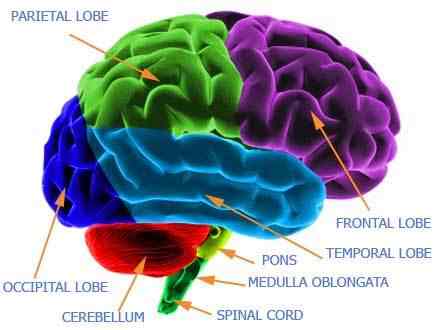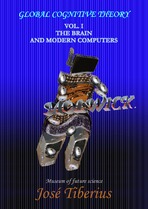2.d) Optimization in the human brain structure
Logically, yet against widespread belief, the design of the brain should tend to its optimization along the evolution to take advantage of the available resources in its structure. Moreover, optimization is an epistemological principle of any system of vital impulse.
The aim is not to justify the evolutionist or creationist theory (evolutionism versus essentialism), or more particular philosophical tendencies like animal psychology (instinct as a pseudo-concept), behaviorism, and etiology or, from another point of view, ethnocentrism, cultural relativism, or universalism.

On the contrary, the analysis tries to explain the possible connection or conceptual identity between the present reality of the complexity of the human brain's cognitive functions and the original essence of these vital functions, qualities or capacities by the study of their real evolution and its requirements.
The underline philosophical perspective on this subject is vitalism. That is to say, the essence of life implies freedom, intelligence, and memory and that, a logical (non-random) and internal evolution has undoubtedly existed throughout time since the beginning.
In human evolution, there is evidence for the following characteristics related to brain structure optimization.
2.d.1. Multiple functions and multiple facets
Although these characteristics could be similar, here they mean two different concepts or nuances. The multifunctional nature refers to intelligence processes of analyses and data relation. For example, the operations may be aiming to conclude a mathematical result; but it can also operate analyzing and classifying information to store in the different memory levels.
Another viewpoint would be to consider the different way intelligence offers specific responses according to the operative mode.
Memory also has a multifunctional nature within the human brain structure, although there are differences with the intelligence. Its Types respect to the temporal horizon: instantaneous, short, medium, and long term.
The multifaceted nature as the different subject to which brain functions can be applied. For example, the information could be spatial, color, and auditory relations, logical abstraction, and multiple characterizations.
As far as memory is concerned, information related to images, abstract concepts, linguistics, and colors.
The computers are useful to explain these characteristics with examples. As previously mentioned, the central processor can find data and execute programs. There are also types of mechanical support, and multiple logical structures to store info.
For intelligence, this multifunctional and multifaceted nature allows delving slightly deeper into its content or definition — understanding it as a capacity to relate. Therefore, it would be the group of abstract and elemental relational functions allowing all reasonably complex operations.
